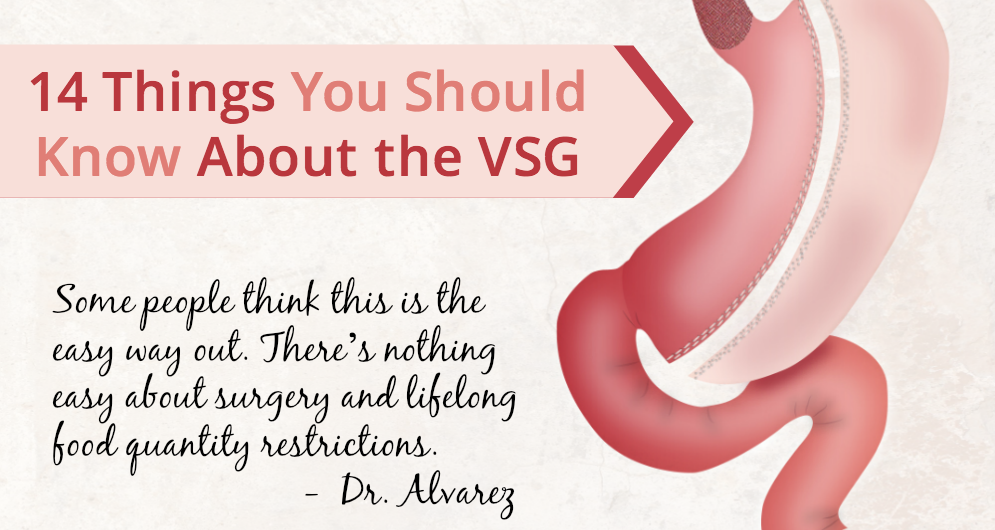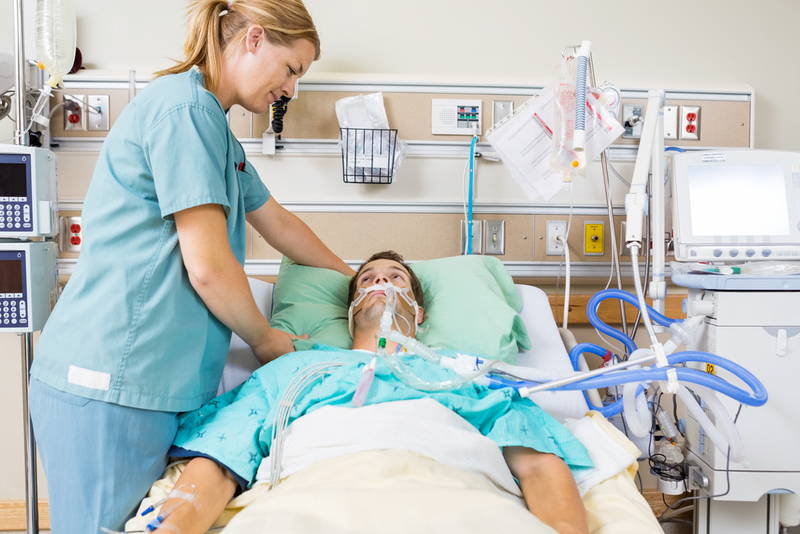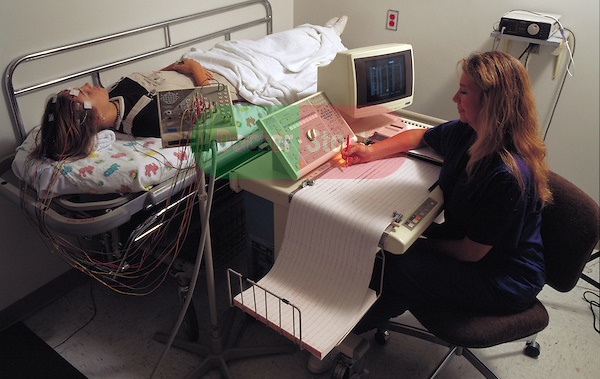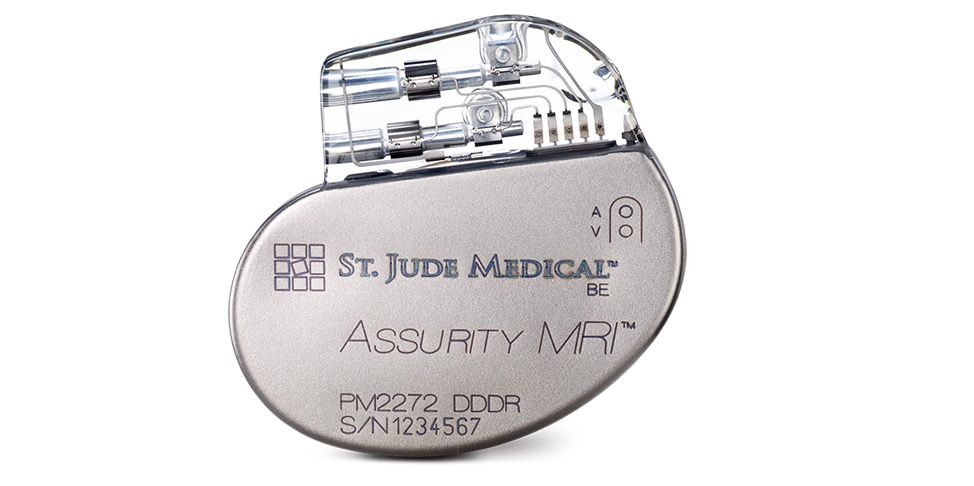Pre-Op: 7 Things You Should Know About The VSG
1) Energy – The procedure gives those suffering obesity the option to live a better, healthier life. Imagine being 50, 75, 100 or even 150 pounds lighter. Would that make you feel better? I know it would. I hear it from my patients every day. They have the energy to bike ride, climb mountains and keep up with their kids and grandchildren.
2) Change your life – The gastric sleeve is a surgery that WILL change your life. And change your life it will! Not only will you lose weight, but your overall health will improve. Patients have reported their Type 2 diabetes symptoms have reversed, their blood pressure has decreased, their muscles and joints no longer ache, and the urge to stress eat has disappeared.
3) Tool – The sleeve gastrectomy surgery is only a tool. You have to work with it. Yes, it’s just a tool. But when used correctly can be the very tool that saves your life. The tool gives you a second chance, a do-over, a way to reshape yourself into the person you always wanted to be…thinner, healthier and more energetic.
4) Temporary speed bumps – Don’t worry, immediate symptoms are only temporary. Keep in mind that they will disappear and all will return to normal. Yes, there are symptoms, I won’t lie to you. But, think of them as speed bumps. They only slow you down for a brief moment, then you are on your way. It’s your body adjusting to the sleeve procedure and the gradual loss of weight you will soon experience.
5) Your journey is unique – Remember not to compare yourself to others. Everyone is different, so individual results will vary. I can’t give you an exact figure of how much weight you will lose, nor how you will feel afterward. What I can tell you based on experience, patient feedback, and actual results is that you will feel and look amazing in a short time.
6) The easy way out….NOT – Some people think this is the easy way out. There’s nothing easy about surgery and lifelong food quantity restrictions. Having surgery is a major decision, but when you’ve tried time and time again to lose weight without success, it’s an option that makes sense. It’s not an easy way out. No way! It’s the biggest life altering decision you will ever make…but, so worth it in the end. And the food restriction part…won’t even matter when you see how much thinner you’ve become and much healthier you feel.
7) Your journey – This is not a race, but a journey that could take you 12 -18 months. Nope, not a race! It does require patience. You have to be willing to make small incremental adjustments…oh, but it will be so worth it when you see the changes that are taking place.




